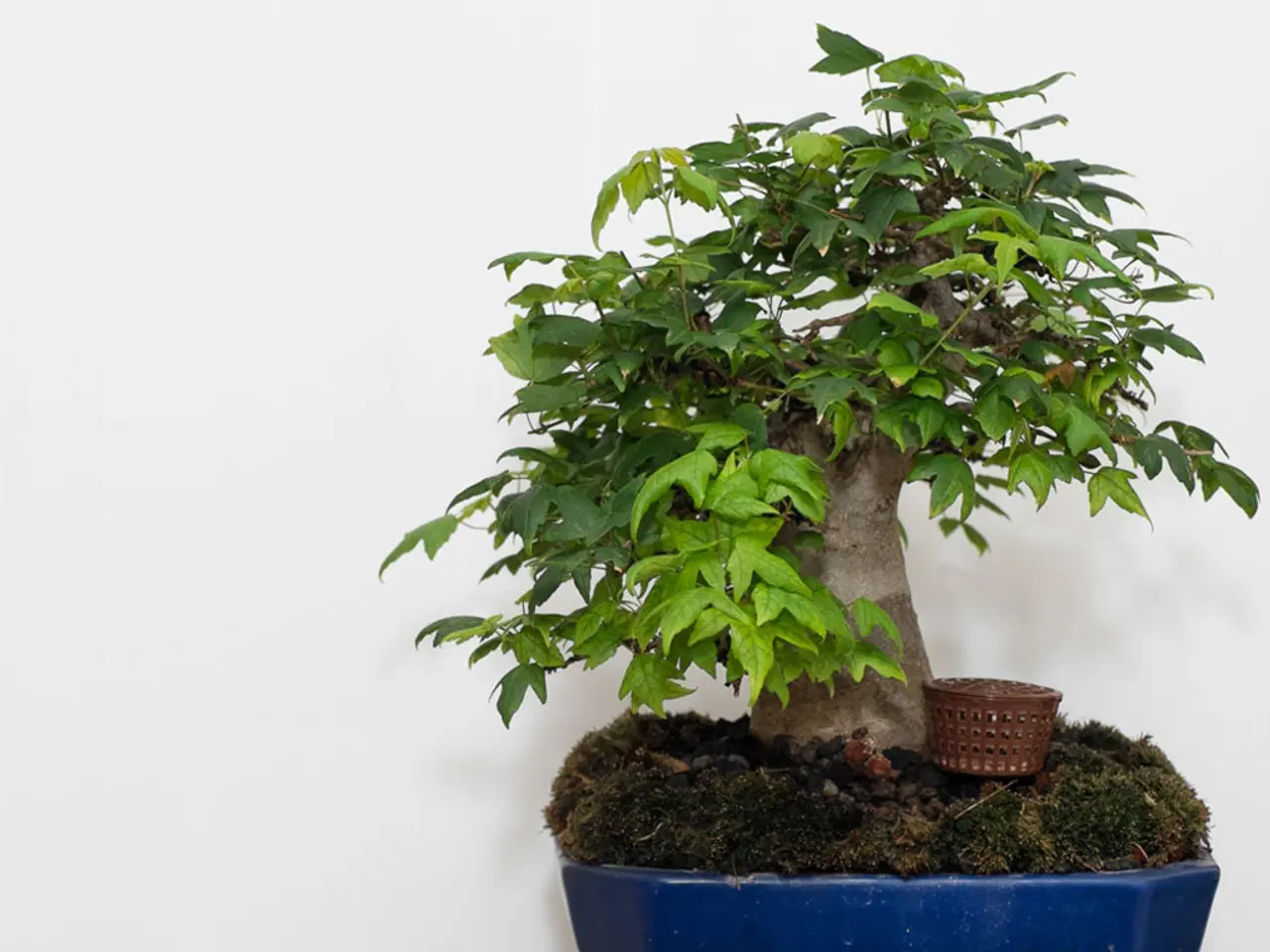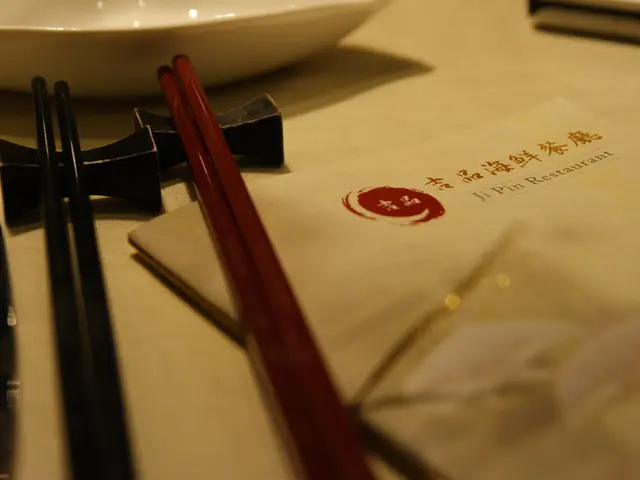Unraveling the Problem of Root-Bound Bonsai: Diagnosis and Solutions
Revitalizing Rootbound Bonsai Trees: A Guide to Healthy Growth
Rootbound bonsai trees, characterised by dense and circling roots, can pose a challenge for enthusiasts. However, with careful repotting, pruning, and optimised growing conditions, these issues can be effectively addressed.
Step 1: Repot the Bonsai
Carefully remove the tree from its pot and gently untangle the root ball. Trim away overly long or circling roots to encourage new growth and prevent further rootbound conditions. Use fresh, well-draining bonsai soil to improve aeration and moisture retention.
Step 2: Watering Adjustment
After repotting, water thoroughly until it drains from the pot’s holes to help settle the soil. Maintain a watering schedule that avoids overwatering, which causes root rot, or underwatering. Allow the soil surface to dry slightly between watering to avoid fungus or rot issues.
Step 3: Light and Environment
Ensure the bonsai receives adequate indirect or filtered sunlight, depending on species. Too much direct sun can scorch leaves, while too little light limits recovery.
Step 4: Fertilization
Once the bonsai shows signs of recovery, apply diluted fertilizer sparingly during the growing season to encourage steady, healthy growth without inducing coarse or excessive foliage.
Step 5: Gentle Handling
Be very gentle when handling rootbound bonsai during repotting and pruning to avoid damaging the taproot or trunk base.
Regular repotting every 1-3 years is recommended to prevent rootbound problems from recurring and to maintain tree vigor.
Pot Selection
A well-proportioned pot promotes healthy root growth and prevents rootbound conditions. Using a larger pot initially can help delay rootbound conditions but is not a foolproof solution.
Monitoring and Adjustments
Regular monitoring and adjustments to the bonsai's care routine are essential for maintaining healthy roots. Bonsai enthusiasts should inspect their bonsai's roots every 1-3 years, or when they notice signs of decline, to prevent rootbound conditions and maintain essentiality.
Fertilizers and supplements cannot address the underlying issue of rootbound conditions, which require repotting and root pruning to restore the tree's ability to absorb water and nutrients effectively. Roots need room to breathe, and soil moisture matters in pot selection.
By recognising the telltale signs of circling roots, water absorption issues, and stunted growth, cultivators can intervene to restore balance and essentiality. Through deliberate repotting, pruning, and pot selection, the delicate dance between tree and container can be recalibrated, fostering an ecosystem where roots thrive, and beauty unfolds.
Leveraging the insights gained from bonsai care, we can apply the same principles to other areas of our lifestyle. For instance, just as proper repotting ensures healthier roots for bonsai, adopting a balanced diet and regular exercise can lead to a healthier self in health-and-wellness and fitness-and-exercise.
In the realm of home-and-garden, one could opt for smart gadgets that automate watering systems, ensuring optimal moisture levels for fragile plants and reducing the risk of over- or underwatering.
Artificial intelligence, a key component of technology, could be utilized to analyze bonsai growth patterns and offer personalized care tips, much like fashion-and-beauty trends that cater to individual style preferences.
Lastly, in the art world, the intricate details and precise shaping of bonsai trees might inspire innovative designs in art and architecture, adding a touch of nature to our homes and lives.




